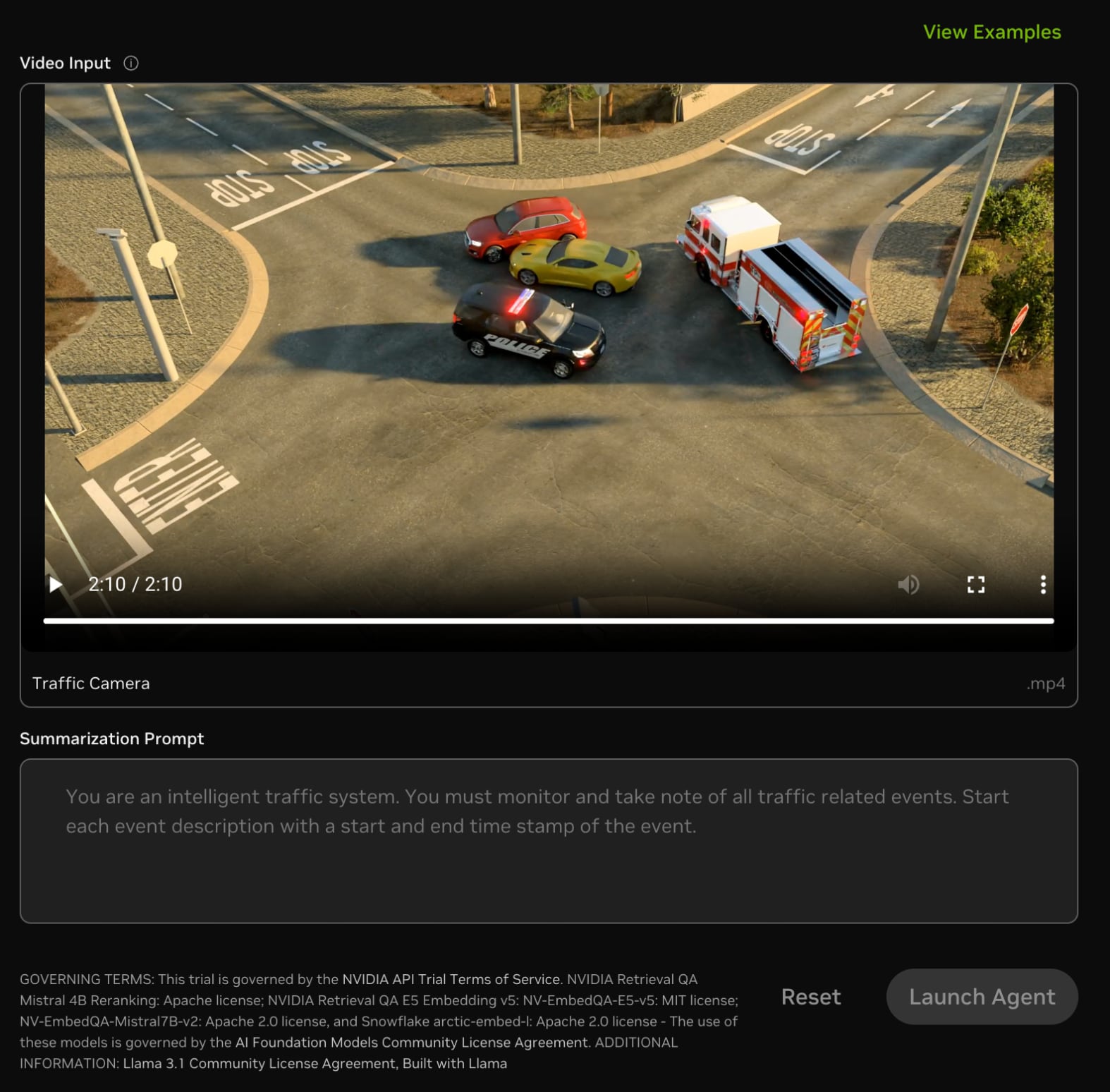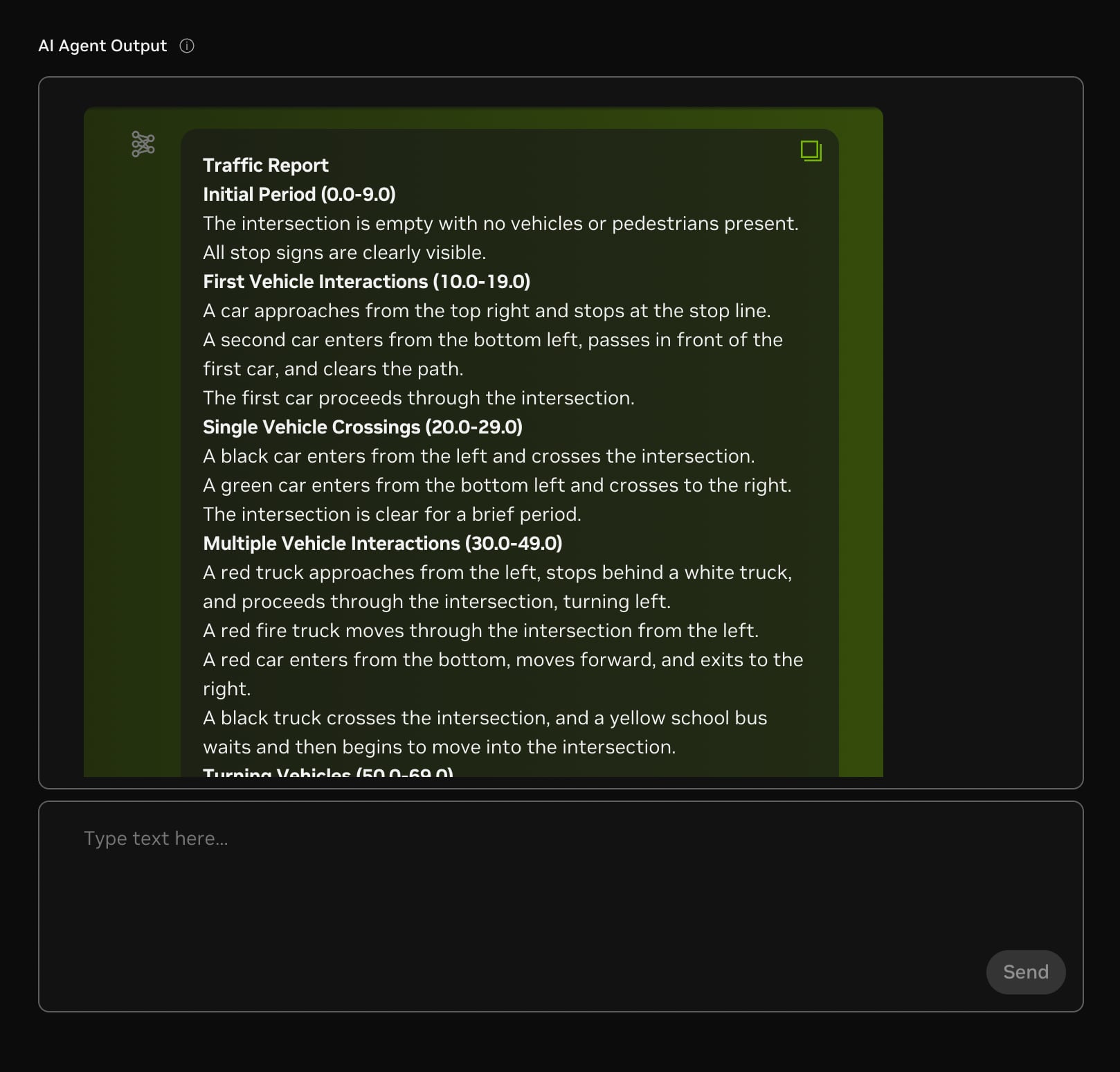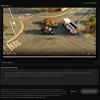NVIDIA announces AI Blueprint: machine vision for analysing surveillance video
NVIDIA has taken a new step in computer vision with the launch of AI Blueprint, which enables companies to use artificial intelligence to search, analyse, and summarise vast amounts of video content. This technology opens up a wealth of opportunities for businesses working with visual data, from the security industry to transport and healthcare.
AI Blueprint is part of NVIDIA's Metropolis platform, which specialises in computer vision and generative AI solutions, and provides tools for building specialised visual AI agents. These agents, integrated with the new Blueprint capabilities, are capable of performing real-time or video archive tasks that require quick response to queries, automatic summarisation and report generation.
The main idea behind Blueprint is to help organisations automate video analysis with algorithms that not only recognise objects but also analyse situations and answer user questions based on video data. For example, in a factory, AI can monitor the implementation of safety protocols, and in the transport industry, it can assess compliance with traffic rules.
The innovations proposed by NVIDIA open up new opportunities for image and video analytics. The company envisages that AI summarisation technology will help to save time by automatically highlighting important moments from the video array and creating summary reports. Imagine being able to detect dangerous situations at intersections or violations at facilities without constant human intervention.
An example of how NVIDIA AI Blueprint works:
A demonstration of how NVIDIA AI Blueprint works with user queries can be found on the test page on the NVIDIA website.




According to NVIDIA, their AI Blueprint can be adapted to any industry and is already available for developers looking to create intelligent applications that can solve specific tasks based on computer vision. The NVIDIA Metropolis platform and AI Blueprint can be key tools for businesses looking to optimise processes by combining the latest computer vision and generative AI algorithms in their operations.
Source: NVIDIA blog